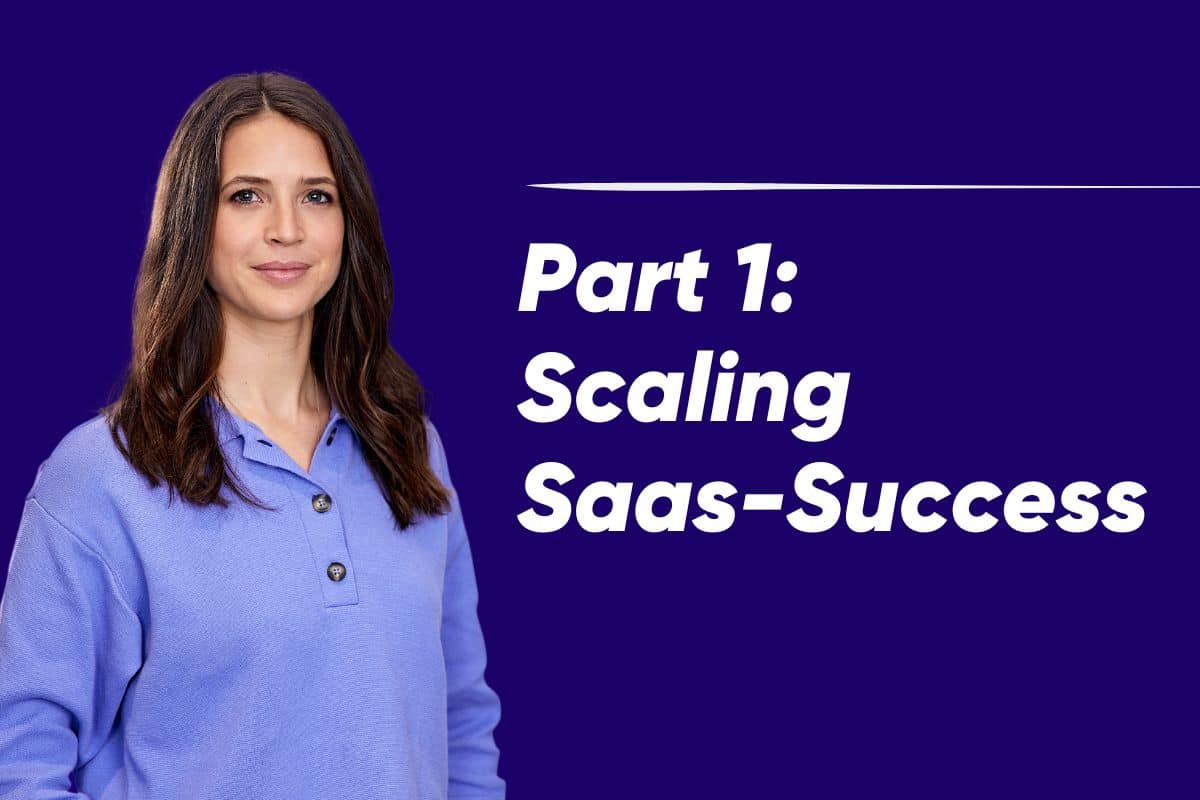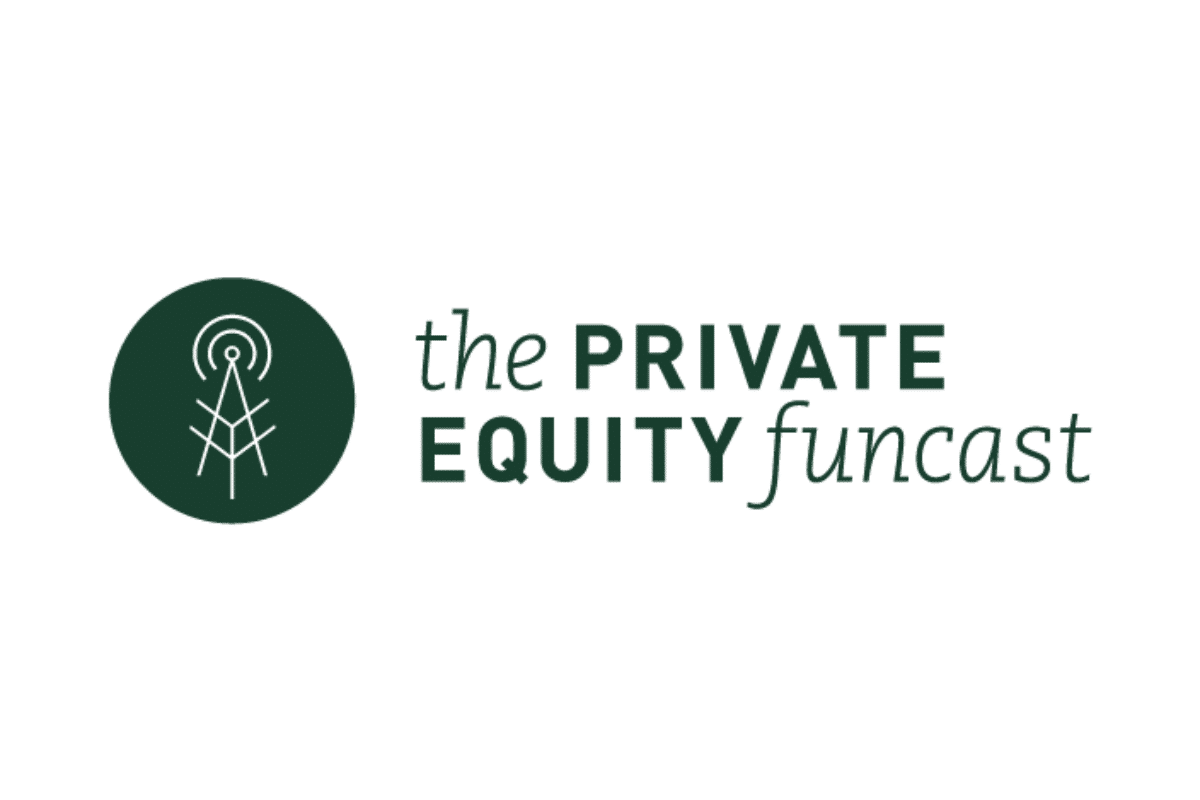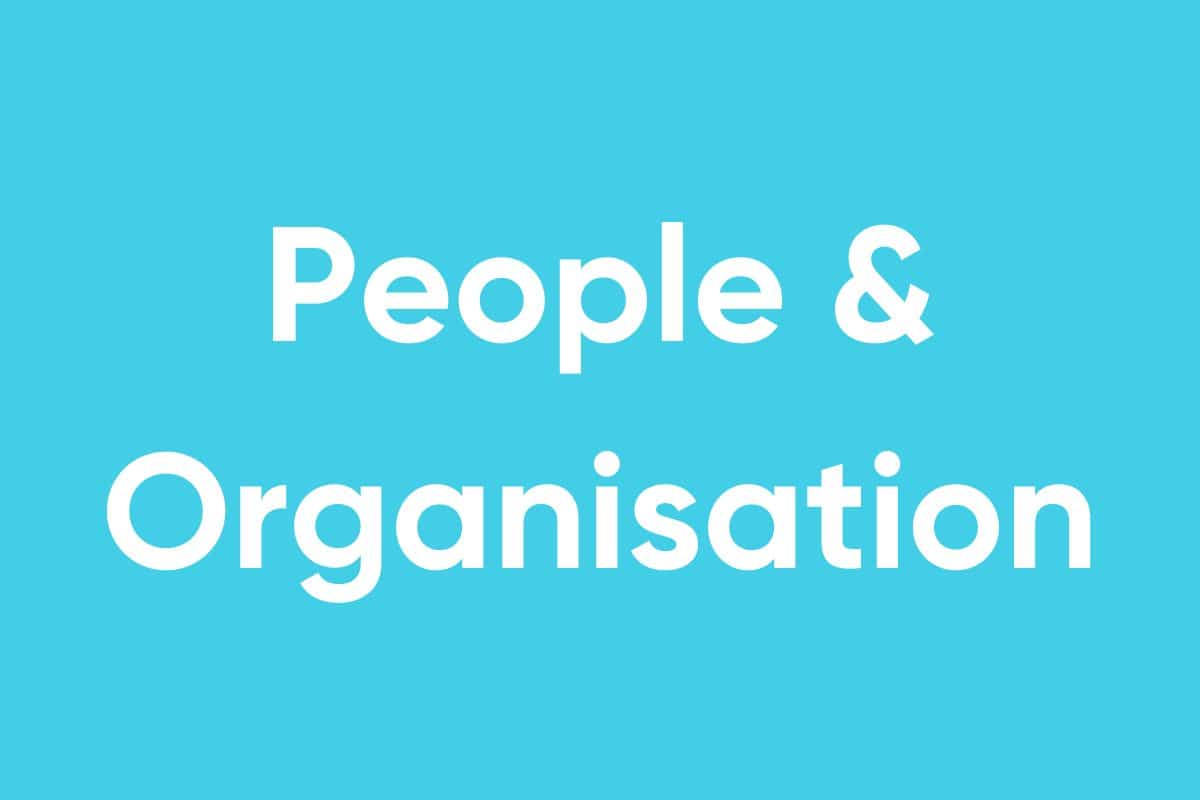Based on your experience, what are the most common challenges SaaS companies face in scaling their sales efforts, and how do you recommend addressing them?
Based on my observations, there are several common challenges companies face when scaling their sales operations:
From Founder-Led to Organized Sales: Initially, many startups follow a founder-led sales approach. Founders, being persistent and driven in nature, often figure out how to sell their products through trial and error. When the first employees join, they typically sit close to the founders, learning from them directly and picking up quickly on the founders’ methods. Especially in sales, where language really matters, learning the nuances of what makes customers react is invaluable. However, as the company grows and there’s a need to scale, bringing in a larger sales team can be challenging. New members might not learn about the nuances that are needed to sell successfully, simply because they might not have as much 1:1 time with the founder or other top sellers. What often happens is that teams create structures and processes the sales team should follow and hope the closing of deals will take care of itself with that in place. However, the amount of actual training required on how to sell effectively, when the team is growing and 1:1 time with the top sellers is limited, is quite often underestimated.
Expanding beyond the core Customer Base: In the early stages, founders often target a specific customer base, fine-tuning their approach until it works. As the company grows, there is often a push, either due to market saturation or external pressures, to target a wider customer base in order to grow revenue. A pitfall I see happening often is that sales teams expect what has worked for their core customer base will also work for new audiences. However, without the same meticulous approach used initially, targeting these customers beyond the initial customer base is often less effective. Companies often use the same tactics and pitches that worked for their core customers, but these don’t always resonate as well with the new audience.
In essence, successful scaling requires a blend of maintaining the initial dedication to details while introducing structured processes and continuous adaptation.
In essence, successful scaling requires a blend of maintaining the initial dedication to details while introducing structured processes and continuous adaptation.
How should a SaaS company determine its ideal customer profiles (ICPs) and tailor its sales approach accordingly?
An ICP definition might encompass a mix of industry, business size, geographic location, and even more detailed characteristics that indicate if a company could be a fit for your product.
The process typically begins with formulating a hypothesis on who the product is most relevant for and why. The key then lies in validating this hypothesis. Engaging with customers, both existing and potential, provides insights into whether your assumptions are accurate. Regular interactions help not only confirm your ICP but also adapt to changing market dynamics. It’s imperative to ensure that your product is still catering to the right audience as market conditions evolve.
In essence, the strategy is to kickstart with a hypothesis and rigorously validate it through comprehensive dialogues.
For startups, the initial definition of the ideal customer profile (ICP) is usually set by the founders. However, as the company grows or seeks to expand into new markets, refining the Ideal Customer Profile becomes essential.
In essence, the strategy is to kickstart with a hypothesis and rigorously validate it through comprehensive dialogues.
What are the best practices for structuring and training a high-performing SaaS sales team?
Clear Sales Targets: This sounds obvious, but is not always in place. It’s fundamental for every company to set clear goals, both at the company, team and individual level. Employees should be able to see their targets and how they perform against these targets, be it through a CRM, spreadsheet, or BI tool. Regular check-ins to discuss the performance of sales employees and what both the sales employee and the leader of the team can do to make sure the targets are being met, are essential. Ideally, sales employees should be included in defining these targets, too. I recommend having conversations with sales employees about the feasibility of certain targets before committing to them. Target setting needs to be a balanced approach between what the organization needs and what is feasible to achieve for each employee.
Establish clear roles: For a lot of B2B SaaS products, splitting roles between sales and customer success early on is crucial. While sales focuses on new customer acquisition, customer success ensures smooth onboarding, product adoption, and is responsible for retaining the customer, as well as upselling or cross-selling. This distinction is particularly vital if the product doesn’t have a natural retention quality.
Within these broad roles, further specialization can be beneficial. Sales can be divided between Sales Development Representatives (SDRs), responsible for warming up leads, and Account Executives who handle product demonstrations and deal closures. Similarly, if a product has a complex onboarding process, customer success can be divided between onboarding specialists and commercial representatives.
Customer Segmentation: Furthermore, I would recommend segmenting your customer base along the current and potential value of your customers and handling the customers based on that segmentation. The definition of “potential value” depends on the company’s pricing model and how a company aims to expand the value of a customer. Understanding the markers that indicate a customer’s potential for expansion based on your company’s pricing is a critical starting point. For example, if your value metric is user count, you might want to consider the number of employees of a company as an indicator of their potential.
Teams should generally be structured based on these customer segments, as it provides a natural career path model. High-value customer segments with the most potential should be prioritized by your most effective sales or customer success people, which generally corresponds with their seniority. However, I recommend staying open for exceptions when junior members exhibit outstanding performance and deserve a higher tier of customer or lead.
Proving career paths: Creating a clear career path for sales people and customer success managers that corresponds with your customer segments is essential. It promotes transparency within the organization and motivates team members to aspire to handle higher-value customers. This progression naturally involves enhancing their skills as sales representatives or customer success managers. A delineated path and focus can significantly improve team efficiency.
There’s a common career progression where an individual starts as an SDR and can potentially move to an Account Executive role or transition within the customer success domain. However, moving between sales and customer success isn’t always seamless, as they require distinct skill sets. It’s crucial to recognize that one’s proficiency in customer success doesn’t necessarily translate to adeptness in sales, and vice versa.
Effective sales and customer success management in B2B SaaS companies requires clear sales targets, distinct roles between sales and customer success teams, customer segmentation based on value, and well-defined career paths corresponding to customer segments.
In terms of pricing, what can you recommend to SaaS companies? How can pricing be optimized for customer acquisition and retention?
The structuring of your pricing should be deeply tied to the value your product delivers. It’s essential to pinpoint where customers derive value, as that determines their willingness to pay. The key lies in fully tapping into this willingness to pay, which might be different for different types of customers.
Initially, pricing is often driven by the founder’s intuition, not because it’s overlooked, but because they have a keen sense of the product’s value and little data to analyze in the early days of a company. However, a common pitfall is establishing your pricing and then neglecting to reevaluate it as the product evolves and offers an enhanced value proposition. Designating someone as the primary overseer of pricing can be advantageous as the company grows. It’s crucial to have someone driving pricing decisions, who can strategize and orchestrate the rollout of all relevant content and internal training that is needed when pricing changes are made.
While there’s much to delve into about pricing, a key takeaway is the significance of aligning your product, sales, and customer success teams around a sensible pricing strategy. They should collaboratively decide on product developments and determine if new developments should be part of a standard pricing plan, sold as an add-on or sold only within a premium pricing plan because they might move the needle on convincing a customer to move to that premium pricing plan.
Effective pricing strategy in product management should be value-driven, regularly reevaluated as the product evolves, and involve collaboration among product, sales, and customer success teams to align with customer value perception and willingness to pay.
What tools and technologies do you recommend for managing leads, customer relationships, and sales processes in the SaaS industry?
Certainly, tool selection depends largely on the specifics of your product and shouldn’t be a hasty decision. The difference the right tools make is substantial. In order to make the right decision for your business, consider your customer journey from attracting customers to retaining them, and determine the tools needed for each stage. It’s unlikely one tool will encompass every requirement, so you’ll likely end up with a suite of multiple tools. Ensure they integrate well and serve the needs of your marketing, sales, and customer success teams.
All revenue-generating teams should be involved in these decisions, ensuring the tools are cohesive. Often, companies invest in sales tools but overlook what is required for customer success to work efficiently. A dedicated customer success tool can offer in-depth insights, like customer health scores based on product usage, enhancing how you manage renewals and upsells. If you decide to invest in a customer success team, I recommend investing in the right tool set-up for this team as well.
Lastly, given the complexity and the multitude of tools, having a dedicated sales or revenue operations individual who can overlook the tools separately and manage how they integrate with each other is advisable. This should be someone who has a deep understanding of the tools as well as the needs of the teams working with the tools and can optimize the technical setup accordingly to ensure all functions achieve maximum potential.
Selecting the right tools for a business should be a thoughtful process involving all revenue-generating teams, focusing on integration and functionality across marketing, sales, and customer success, with a dedicated role to manage and optimize these tools for maximum efficiency.













